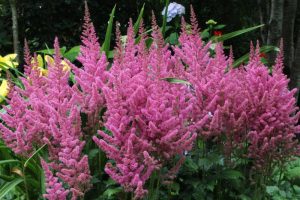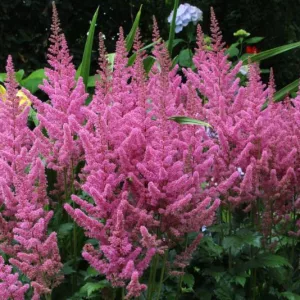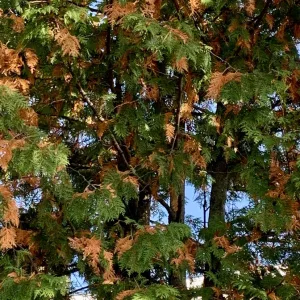Summary
Gardening questions are answered by expert Susan Richards. Learn about transplanting, cutting back perennials and covering shrubs.
I thought I would do a little fall ‘catch up’ article answering some of the questions I have been asked lately. I am sure if one person is asking the question, others would be interested in the information.
Lise asked for some advice on how to prune an astilbe shrub as it was as high as the bottom of her window. Astilbe is actually an herbaceous perennial, not a woody shrub. That plant will die right back to the soil line and regrow from the crown next spring. It will not get much higher than it did this season, so there is no worries about it growing higher, obstructing the view out the window. Perennials generally get wider as they mature, not taller.
To answer the general question about cutting back perennials: you can leave the foliage to collapse into the garden in the fall and clean up all the dead leaves and stems in the spring. That leaves some protection for the crowns of the plants from early freeze and thaws before an insulating blanket of snow falls to stays. The collapsed foliage also gives native pollinators and small animals a spot to overwinter. If you are a person who has more time in fall than spring, you can certainly tidy up gardens now by cutting back dead stalks to 2” from the ground.
On a similar topic Cindy asked if she should cut the seed heads and foliage off her perennial ornamental grasses and put a protective cover over them for the winter. She had planted two in the spring. Ornamental grasses are always best left until spring to cut back. There are two reasons for this. Those seed heads are quite beautiful in the fall and early winter garden and some varieties provide food for small birds that don’t migrate. In mid spring, as soon as you see signs of new growth, clean up the old foliage.
Then on the topic of covering the perennials with a protective structure, that is not necessary or desirable. Since the top growth does not survive above grown like a woody shrub does, there is no need to protect it. Also, wooden teepees stop that insulating layer of snow from building up around over the crown of a plant.
I do get questions in fall about covering or wrap shrubs. It is best to wait until the weather has turned cold and stays cold. Our fall has had some beautifully warm days. If shrubs that do need protection from harsh winter wind are covered too early, foliage can heat up under the wrap causing stress.
Tom asked about when to plant fall bulbs and garlic. The soil has sufficiently cooled down now that it is the time to plant. If you are away or forgot about those bulbs that you bought in early September, you can plant anytime right up until the ground freezes solid. I have brushed away the first snowfall to plant my bulbs and was successful.
George sent me an email asking if he could still transplant a rose now. It is certainly not too late to do a bit of transplanting. Anything you move now will still produce new root growth right up until the ground freezes. George can also wait and do that task in early spring before new growth begins.
Rebecca said she had read somewhere that she should be applying fertilizer to her vegetable garden now to be prepared for spring planting. She wondered if this was a good practice. Compost and composted manure can be turned into vegetable gardens in fall. I wouldn’t apply granular fertilizer now unless it is composted of slow-release nutrients. The coating on that type of food dissolved with moisture when the soil is warm enough for growth, so should stay there ready to work in the spring. However, keep in mind that fertilizer is absorbed by plants when they need it for active growth. I generally wait until just before spring planting to apply anything other than compost.




